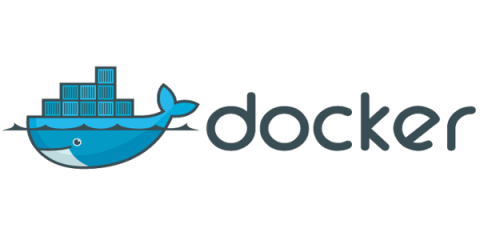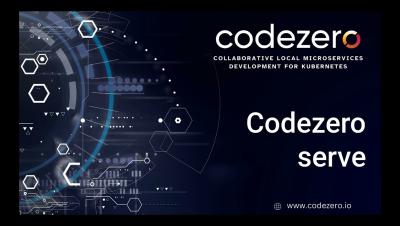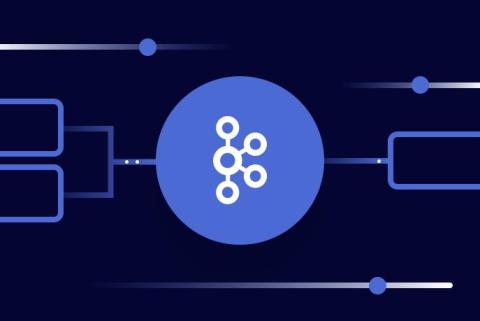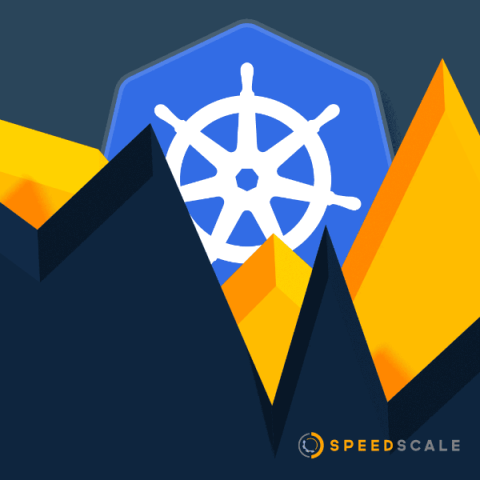Build your own JMeter Docker Image and execute your Performance Test
If you'd like to run load tests in a simple way, and possibly share them, while benefiting from a simplified configuration, with a focus on writing your test plan, and its test typology, this article is for you! Docker offers virtualization services that simplify the replication of working environments. Furthermore, each virtualized service is isolated from unrelated services on other containers or the host machine, ensuring portability across host machines and the network.











